Tag: pediatrics
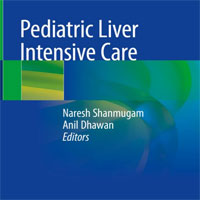
Pediatric Liver Intensive Care
Acute management of children with liver disease and liver transplantation has rapidly evolved over the last two decades due to worldwide availability of complex liver surgery and liver transplantation. This book edited... read more
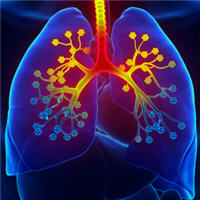
Bridging the Gap Between Intensivists and Primary Care Clinicians in ECMO for Respiratory Failure in Children
All pediatric clinicians should be aware not only of the potential benefits and complications of ECMO but also that survivors need effective screening, support, and follow-up. The 2009 influenza A(H1N1) pandemic, along... read more

Management of Neonates With Tetralogy of Fallot
What are the differences in outcomes between a strategy of staged repair (SR) (initial palliation [IP] and subsequent complete repair [CR]) as compared with primary repair (PR) for infants with symptomatic tetralogy of Fallot... read more

Physiological dead space and alveolar ventilation in ventilated infants
Prematurely born infants with pulmonary disease have a higher dead space than term controls, which may influence the optimum level during volume-targeted ventilation. A prospective study of mechanically ventilated infants... read more

Analysis of Fentanyl Pharmacokinetics and Tolerance in Critically-Ill Children
Different weight-based fentanyl dosing rates may be required for infants and children of different ages to achieve similar plasma concentrations. Using SBS scores may guide the dosing titration of fentanyl that resulted in... read more
Serum Amylase and Lipase for the Prediction of Pancreatic Injury in Critically Ill Children Admitted to the PICU
Serum amylase and lipase could serve as independent biomarkers to predict pancreatic injury in critically ill children. A group of 79 children who died of different causes were investigated by autopsy. They were divided... read more

Childhood sepsis deadlier for Black patients
In this large, representative analysis of paediatric severe sepsis in the USA, we found evidence of outcome disparities by race or ethnicity and insurance status. Our findings suggest that there might be differential... read more

PEM Playbook – Pediatric Pain
Pain is multifactorial: it is comprised of physical, psychological, emotional, cultural, and contextual features. In children often the predominant feature may not be initially apparent. Although clinicians may focus on... read more

Appendiceal Perforation at a Children’s Hospital During COVID-19 vs 2019
Although studies in the adult literature and case series in the pediatric literature have reported delays in medical care attributable to COVID-19, we report a statistically significant increased rate of appendiceal perforation... read more

Early prediction of impending septic shock in children using age-adjusted Sepsis-3 criteria
Sepsis is a syndrome which afflicts both adults and children, with many disease courses and diverse outcomes. Understanding of sepsis pathophysiology has changed over time; the Sepsis-3 criteria define sepsis in adults as... read more
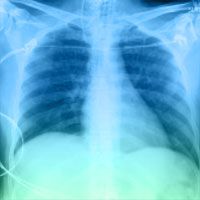
COVID-19 and ARDS: The Baby Lung Size Matters
COVID-19 in its initial manifestations has strikingly peculiar characteristics (e.g., hypoxemia with vasocentric injury and high gas lung volume), is so evident that atypical ARDS should not be a matter of further discussion.... read more
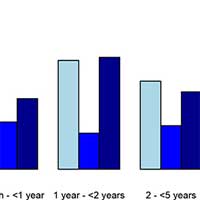
Management of Children With Fever at Risk for Pediatric Sepsis
Many febrile children (41%) present with warning signs for sepsis, with only few of them undergoing investigations or treatment for true sepsis. Children with positive isolates in blood or CSF culture presented in a heterogeneous... read more

Synthesis and Systematic Review of Reported Neonatal COVID-19 Infections
A number of severe acute respiratory syndrome coronavirus-2 (SARS-CoV-2) infections have been reported in neonates. Here, we aim to clarify the transmission route, clinical features and outcomes of these infections. We present... read more
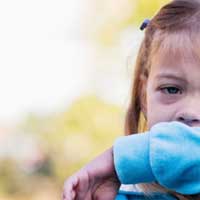
High Plasma Levels Linked to Severe ARDS in Children with Respiratory Failure
Elevated surfactant protein D levels are associated with severe acute respiratory distress syndrome and poor outcomes in children with acute respiratory failure, according to results published in Chest. Elevated surfactant... read more




